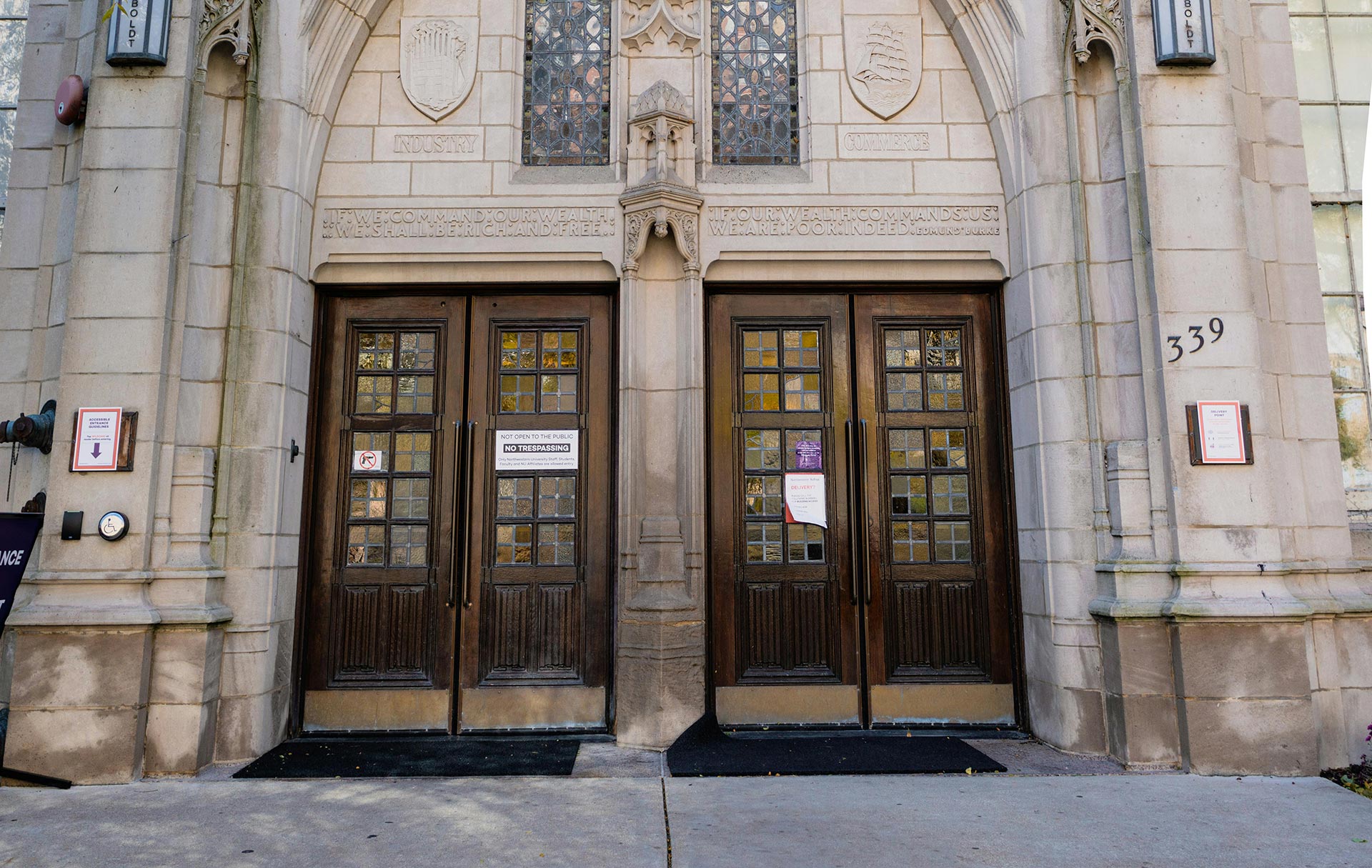Important Lessons When Closing a College or University
August 4, 2025

There are many lessons to absorb from mergers and closures. I recently reviewed the lessons learned from the closure of Union Institute & University, of which I was a part of. With the bookends of its’ birth sixty years ago and its closure, important lessons have emerged, which are ever more critical considering that almost 130 colleges and universities have closed or merged since 2016 (Closed Colleges Since 2016). Closures impact students, with only 17% of students experiencing a college closure going on to earn a degree or certificate, although most of the students not continuing their higher education experiencing an abrupt and seemingly unplanned closure. I have boiled the most significant lessons to the following:
Inter-institutional collaborations are essential ~ A college can function independently, offering innovative academic programs, providing robust student services, and even having comprehensive engagement and socialization opportunities. However, establishing strong inter-institutionalcollaborations can significantly enhance these offerings. Inter-institutionalrelationships are two-way streets. For example, such collaborations can take the form of shared academic programs or administrative shared services. Most importantly, when the time comes to explore a possible merger or teach-outs if a closure is planned, these relationships serve as a critical first step.
Timing is everything ~ One of the biggest problems that colleges face when they make the difficult decision to close is that it is often too late to entertain any other option. Taking too long to make a decision squanders any positives, including inter-institutional relations, the college may have had. If institutional leaders, including boards and executives, are slow to decision they may end up acting out of desperation, without the dignity and compassion that the students, faculty, and staff deserve. Closing in a planned and organized manner takes time and money. Waiting too long shortens the necessary runway and forces an abrupt closing, leaving key players shocked and angered versus ready and involved. Waiting too long also results in the college being less attractive to potential merger or teach-out partners. On-going expenses further increase debt and the continued decline in enrollment and programs may make the institution less attractive.
Innovation is the enemy of failure ~ If you are not innovating you are falling behind. When something zigs, you must zag. COVID-19 is a great example of the need for zagging being forced upon higher education. Schools who were not nimble enough to shift their practices and tweak their delivery models faced continuing challenges even after the pandemic masks were removed. Colleges cannot risk becoming stale as other institutions surpass them by incorporating novel visions of workforce needs, new market-demanding academics, robust online options, grand socialization opportunities, deep research prospects, and leaders who respect their customer base.
Be transparent ~ When challenges arise, most leaders wish to keep it close to the vest. They believe, with a modicum of truth, that too much information creates fear and anxiety for their faculty, staff, students, and alumni. Already under the pressure of financial strain, they do not want to lose further enrollment from current or prospective students. However, when there is greater transparency, we observed greater collaboration and productivity toward a common goal. This is the case for both external information and internal communication. Camaraderie amongst colleges will make it easier to find a merger or teach-out partner. But more critical is the need for internal information sharing. Even prior to a final decision to close a college, administration, faculty, and staff should be kept updated. This will help create a smooth runway. Certainly, there may be sensitive information that should remain with the President’s executive council and the board of trustees. However, whispers, rumors, and gossip cause the aforementioned anxiety amongst the faculty and staff, as well as for the students themselves. Proper communication provides guidance as to what to share with students, recruits, and the media. Failure to share timely information will likely lead to the mass exodus amongst personnel, and more significantly, amongst students, thereby making it counterproductive to the ultimate goal of enrollment stabilization, financial flexibility, and continued operations.
Manage finances ~ No one in any industry should live with the fear and anxiety of their work going uncompensated. A company, when realizing that they may be on the verge of closing, should be accountable for ensuring that sufficient funds are available to ensure payroll for all personnel engaging in responsible employment. Universities have huge expenses. Budget managers must be accurate in their forecasting and ensure allocations remain to fulfill all obligations. By the time a college is on the path to closure, it is likely that that dwindling resources already noticeable, including limiting course offerings and postponing needed campus maintenance. If finances are not managed with a clear future-oriented vision, then the slope to closure becomes increasingly slippery. Typically, faculty and staff remain at the struggling institution because they have devoted many years to the institution’s mission and have a deep care and sense of commitment to the students they have been serving. Universities facing closure owe it to their faculty and staff to manage their finances in the manner which allows for salaries and benefits to be paid and for closure to be executed in a planful manner.
Failure to plan is a plan to fail ~ To complete a successful closure, schools may need at least half a year or more, from decision to closing. Students need to be protected throughout this process. This highlights the critical need to plan a thorough and detailed teach-out, which can be achieved via internal or external paths. First, if the college allocates money and resources appropriately, they can design a plan that allows all students to complete their degree. Second, a college could seek external help through the institutional relationships they have developed. If the decision is made to close, then it is obligatory to try to find partners who will accept the students and their credits, and honor their degree, tuition payment (even if the accepting college tuition rate is typically higher), and accommodation plans.
I have interviewed presidents, administration, faculty, staff, and students who experienced their college close. Their stories are important. The personal impact is deep. There is a clear dichotomy between those who close well (given the circumstances) and those who do not. The ones that close well have established lengthy runways specifically designed to protect students, faculty, and staff. They provide time for employees to prepare for their next career step. They work with other colleges to ensure that students have a place to go to with all their courses transferred, tuition arrangements secured, and degree plan undisrupted. Those leaders that are able to undertake the process of closure correctly understand the importance of timing, communication, and institutional and personal relationships. They leverage this to remain attractive for potential merger partners or teach-out partners to close with dignity.
At SPH we help institutions and their leaders understand what is best for their students, faculty, and staff. Sometimes it is a carefully planned and executed merger, for growth and/or sustainability. Other times it is a carefully planned and executed closure. Let us assist your institution in better understanding its future options.
To learn more about SPH Consulting Group and how we can help your organization, contact office@sphconsultinggroup.com.
Writer: Jay M. Keehn, Consultant, SPH Consulting Group
© SPH Consulting Group 2025
